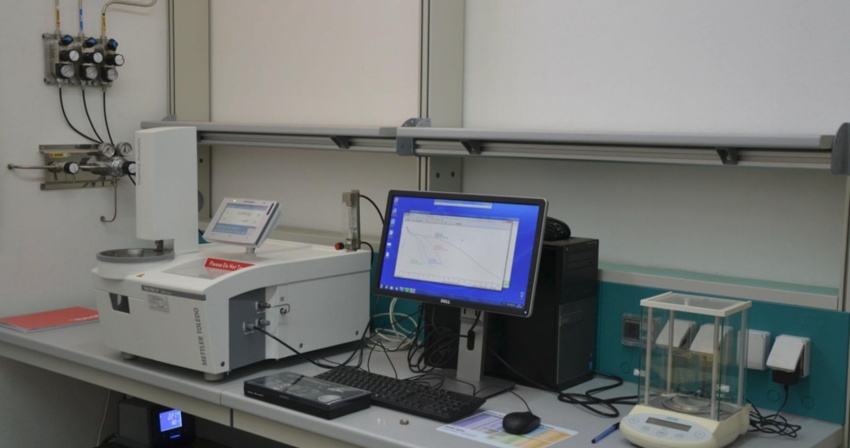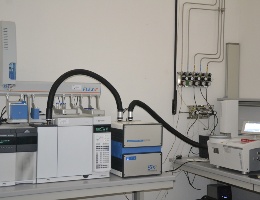Thermal and kinetic analysis of fuels
Research line developed within the CEEP (Centro Eccellenza Energia Pulita) project on the topic of low-carbon energy production.
Date:
21 October 2021
Global warming caused by greenhouse gas emissions has become more relevant in recent years from both an environmental and energy perspective. Among these gases, carbon dioxide (CO2) contributes more than 60 per cent to climate change due to the enormous quantities emitted.
To achieve a significant reduction in these emissions, one of the most promising strategies is to produce energy from renewable sources. And unlike solar and wind sources, which are not programmable, biomass can be a particularly effective solution because it can be managed according to the specific needs of the grid. And while electricity generation from biomass has almost no impact on the carbon cycle, its integration with CO2 capture and reuse or confinement systems (through oxy-combustion, even partial combustion, and separation of carbon dioxide) can even make it possible to close the overall balance in the negative.
Thermogravimetric analyses for the kinetic characterisation of fuels are an essential tool for studying these applications. During the project, particular attention was paid to fuels of lignocellulosic and micro-algal origin in the operating regimes of pyrolysis, combustion in air, partial oxy-combustion and total oxy-combustion.
Non-isothermal thermogravimetric analysis (TGA) and the use of specific kinetic models allow the best approach to energy conversion of fuels to be found in a simple, inexpensive but effective manner. Their kinetic characterisation is of strategic importance to determine their performance during pyrolysis, gasification and combustion (with air or oxygen). This provides a low-cost preliminary assessment of the applicability of thermochemical conversion processes for low-rank fuels, with valuable information also for the development of simulation models for conversion systems.
The experimental activity conducted by Sotacarbo concerns the study of fossil fuels (Hungarian coal and Sulcis coal), lignocellulosic (eucalyptus, pine, cypress) algal (Sargassum Muticum) and micro-algal (Nannochloropsis a Tetraselmis) in the operational regimes of pyrolysis, air-blown combustion, partial oxy-combustion and full oxy-combustion.
All the tests were conducted in a Mettler Toledo TGA/DSC 3+ thermogravimetric analyser using a nitrogen flow (for the pyrolysis process study), an air flow (21/79% O2/N2) for the air-blown combustion process, and oxygen-enriched air flows with 42% and 95% O2 for the partial oxy-combustion and full oxy-combustion processes, respectively.
The thermogravimetric characterisation of the biomass and the determination of the activation energy in the pyrolysis, partial and full oxy-combustion regimes was obtained using the model-free methods of Flynn-Wall-Ozawa (FWO), Kissinger-Akahira-Sunose (KAS) and Starink. Subsequently, the work focused on determining the reaction mechanism of the entire process (single-step approach) and of each pseudo-component of which the biomass consists, i.e. carbohydrates, proteins, lipids and biochar (multi-step approach). The aim is to determine the kinetic triplet - the activation energy Ea, the pre-exponential factor A and the reaction model f(α) - to describe the kinetic behaviour in different reactive regimes. The analysis laboratory is also equipped with a GC/MS (gas chromatography with mass) system for characterising the gases emitted in the tests conducted in the TGA/DSC 3+ analyser.
Experiments on algae and microalgae were conducted in collaboration with Heriot-Watt University in Edinburgh and the University of Portsmouth, both from the UK. Experiments on woody biomass, on the other hand, are carried out as part of a collaboration with the U.S. Department of Energy - National Energy Technology Laboratory (USA) aimed at developing simulation models for gasification processes.
Last update
06/11/2024, 12:03



